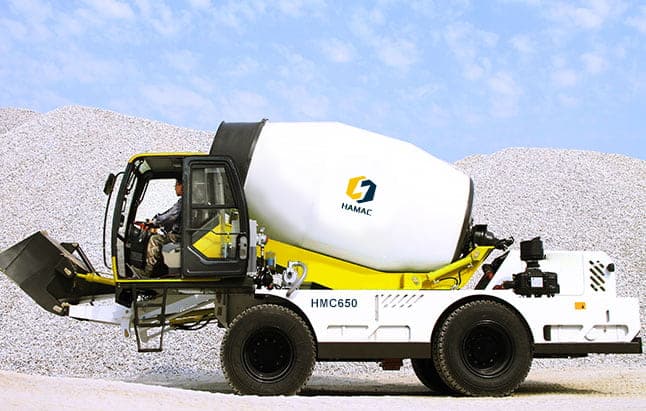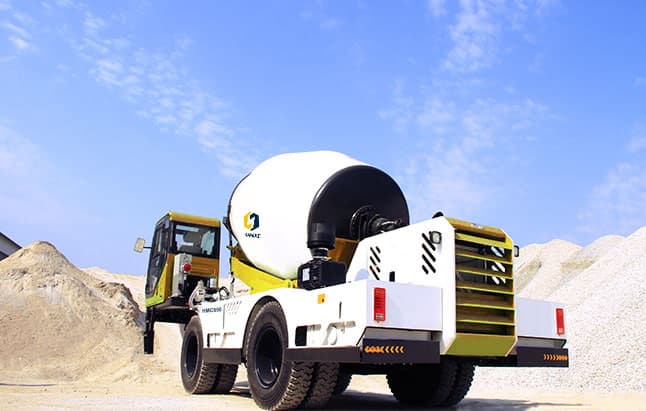How does a mobile self-loading concrete mixer work?
Last Updated: 2025-08-01
Mobile self-loading concrete mixers are revolutionary machines that combine loading, mixing, transporting, and discharging concrete in a single unit, making them indispensable for modern construction projects. Unlike traditional mixers, these vehicles operate autonomously, reducing labor costs and improving efficiency. Here’s a step-by-step breakdown of how they work:
1. Loading Materials
The mixer is equipped with a hydraulic shovel at the front, which operators use to scoop aggregates (gravel, sand), cement, and water directly into the mixing drum. This eliminates the need for separate loading equipment or manual labor.

2. Automatic Weighing & Mixing
Once materials are loaded, the computerized control system precisely measures ingredients based on pre-set ratios. The drum then rotates at high speed, blending the components into a homogeneous mix in just 4–6 minutes.
3. Transportation & On-Site Flexibility
The mobile design allows the mixer to travel directly to the construction site, even in remote areas. Its 4-wheel drive and compact size enable navigation through tight spaces, while the rotating drum prevents concrete segregation during transit.
4. Discharging the Concrete
At the site, the drum tilts to 270°, allowing precise discharge into formwork or pumps. Operators control the flow rate via a remote or in-cab panel, ensuring minimal waste and clean application.

Key Advantages
- Time-Saving: Reduces mixing time by 50% compared to stationary mixers.
- Cost-Efficient: Cuts labor and equipment rental expenses.
- Versatile: Suitable for roads, bridges, and residential projects.
Mobile self-loading concrete mixers streamline construction workflows by integrating multiple functions into one machine. Their automation, mobility, and precision make them a top choice for contractors aiming to boost productivity while maintaining quality.
TAG: How does a self loading concrete mixer workSelf-loading Concrete Mixer
